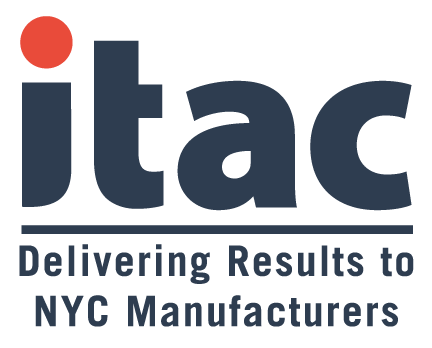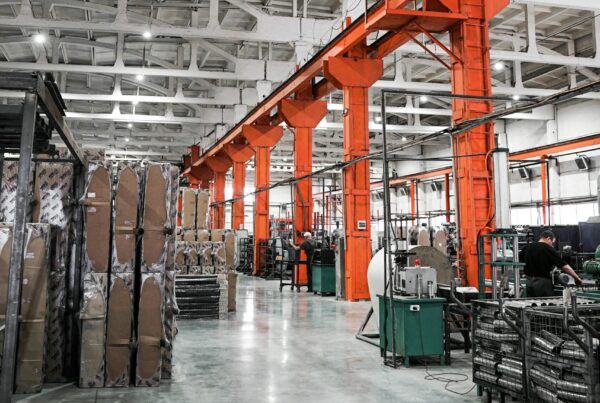We’re all shocked by the tragic loss of life and the suffering caused in the short and medium term, but what will the world (particularly the manufacturing world) look like post COVID-19? What lessons can those of us in manufacturing and supply chain take from what has been happening?
There are numerous unexpected consequences of the coronavirus, and there will be more…
Last week, stock markets around the world suffered their worst falls since the global financial crisis of 2008, as investors started to see the potential financial impact of the outbreak. Many indexes, including those in the US, lost more than 10% of their value. So far, more than 220 US publicly traded companies have reported an impact on their supply or production.
Countries around the world are taking serious measures to stop, or at least slow, the spread of the virus, including cancelling or banning large gatherings, like trade shows, live entertainment, or sporting events.
The aviation industry is taking a big hit, with many routes already cancelled and many more likely on the way. Those that remain in use are seeing less demand. China reportedly has less air traffic than Portugal right now. One wonders how prepared airlines are to weather this storm. The cruise ship market has also taken a big hit in the recent weeks. Many people are cancelling travel plans for business and leisure, leaving routes underutilized and hotels with lower-than-expected occupancy rates. Attractions in some affected locations, like Milan, Italy are closed, with an obvious impact on tourist dollars spent overall.
As February came to an end, factory output in China was at a record low. According to Bloomberg Economics, Chinese factories were operating between 60- 70% of capacity last week. The Purchasing Manager’s Index (PMI), China’s official measure of manufacturing activity, dropped to 37.5 – it was 50 in January. Manufacturing in China depends on approximately 300M migrant workers, and it is estimated that around 100 Million are still unable to return to work from Chinese New Year due to quarantine rules.
The ‘data’ haves and have-nots
This crisis has laid bare the good, the bad, and the ugly of supply chains worldwide. I recently wrote about the need to replace outdated supply chain tools like paper/email trails, spreadsheets, and late night production update calls to overseas manufacturers. It’s like driving a Ford Model-T on a modern freeway when Teslas with ADAS (Advanced Driver Assistance Systems) are readily available.
Moving towards the autonomous, self-driving supply chain
So, what should post COVID-19 supply chains look like, and what are the barriers to getting to a solution that fully leverages the best ingredient technologies available today and tomorrow?
Continuing the analogy of the self-driving car and the evolution of ADAS, we are in the early stages of the evolution of the supply chain into an intelligent system that’s quick-to-react to any unexpected disruption. We are barely at the ABS (Anti-lock Braking System) stage, let alone adaptive cruise control, lane assist, and the other latest automated technologies available, of building an intelligent ecosystem – but we are well on the way.
Take, for example, the digital twin. This virtual version of a product, process, or system is already in regular use in the auto sport world. Formula 1 teams use digital twins of car running on digital twins of race circuits to predict outcomes with different variables like weather, car set up, and driving style. That way, they can prepare for unexpected disruptions, like storms or crash damage. The digital twin is updated using sensors on the car sending data in real time. Predictive analysis and artificial intelligence combine to make faster, better decision that result in improved outcomes.
In the automotive world, there are six recognized levels of automation, ranging from Level 0 (with no automation) to Level 5, where driving requires no human intervention. In the supply chain world, we’re mostly at level zero, with some supply chain managers using data and its resulting intelligence to get to Level 1, the assisted supply chain.
Technology is available today to get to Level 2 (referred to as ‘partial automation’), and I firmly believe we can use existing solutions to get to Level 3, where we have ‘conditional automation’ of the supply chain. Indeed, much of what has happened in recent years with supply chain software and digital manufacturing platforms will help move us towards this semi-automated world. Supply chain managers will be able to make better decisions, as they will be better informed and able to run scenarios on a digital twin of their supply chain to accurately predict outcomes.
Just as the self-driving car depends on a smart environment, the self-driving supply chain depends on a connected and intelligent manufacturing ecosystem. Level 5 is a long way off – but the sooner we start the journey towards the self-driving supply chain, the sooner we will get through those earlier levels that allow us to mitigate the kind of risks we’ve recently seen and will undoubtedly see again in the future.
The insight is from Forbes.com. You can read the full article by clicking here.






